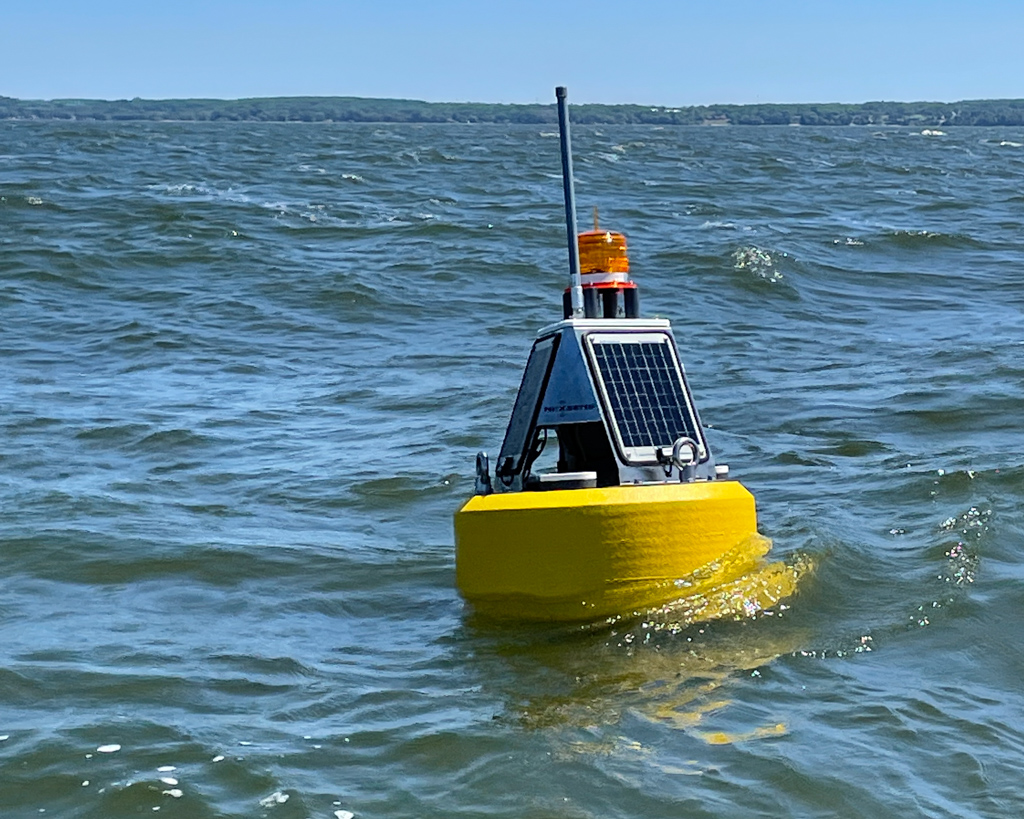
One of the perennial challenges for Great Lakes monitoring is getting good, reliable, low-cost data transmission. Many buoys connect to a local cell network.
A new kind of communications network has been increasingly used in the Great Lakes: LoRa, which stands for “long range.” This low-cost network of receivers and transmitters, in some areas, can enable thousands of sensor devices to send real-time data at a fraction of the cost of cell or satellite connections.
University of Wisconsin-Milwaukee’s GB000 uses LoRa and connected to Seagull in late July 2022, one of the first LoRa buoys to connect.
Correction: The original piece in the July newsletter stated incorrectly that this was the first LoRa buoy to use LoRa and connect to Seagull. University of Toledo’s Little Cedar Point buoy to do so.